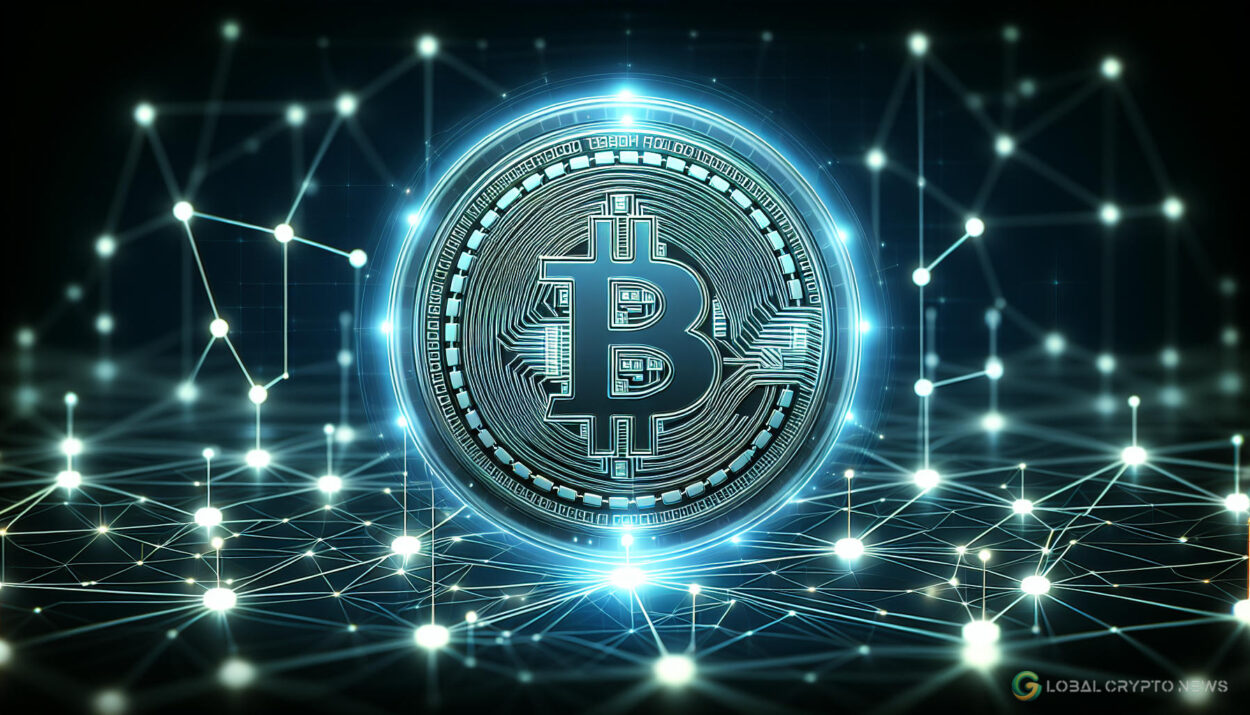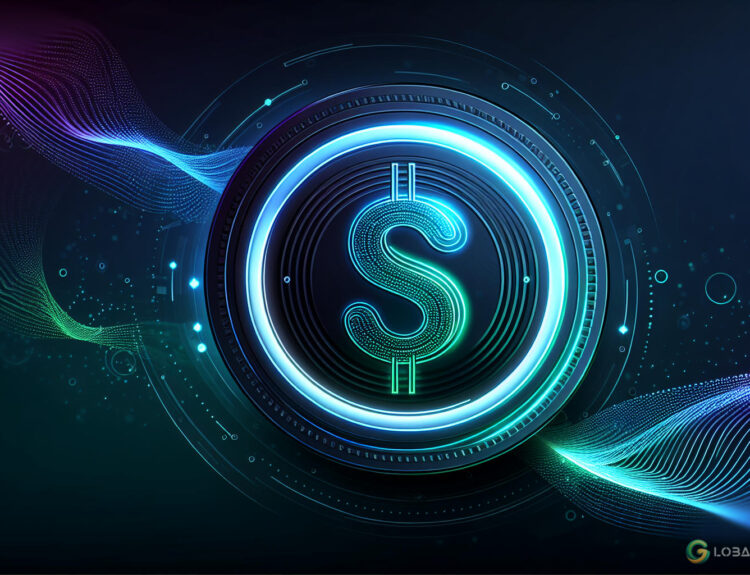“`html
Donald Trump’s Stablecoin USD1: Financial Engineering or Blockchain Innovation?
President Donald Trump’s support for stablecoins may be less about blockchain innovation and more about financial strategy, according to Mateusz Kara, CEO of European cryptocurrency payments provider Ari10. The launch of USD1, a new dollar-pegged stablecoin backed by Trump and his family, signals a U.S.-driven approach to reshaping global debt markets.
USD1: A New Dollar Expansion Mechanism
USD1, launched on March 25 by World Liberty Financial, a decentralized finance venture affiliated with the Trump family, is pegged 1:1 to U.S. treasuries, cash equivalents, and deposits. Running on Ethereum and Binance Smart Chain, the stablecoin initiative has already garnered over $500 million in funding and attracted 85,000 verified users.
According to Mateusz Kara, the mechanism behind USD1 is straightforward but impactful. Platforms issuing stablecoins like USD1 must acquire U.S. dollars and short-term treasuries, creating a decentralized channel for distributing U.S. bonds globally. Kara explains,
“It’s a new dollar expansion mechanism, and it will help the U.S. borrow at lower cost by boosting demand for its debt.”
The Growing Stablecoin Market
The stablecoin market has experienced rapid growth, increasing by more than 46% over the past year. Major players like Tether, Circle, PayPal, and Ripple are competing for dominance in this space. U.S. Treasury Secretary Scott Bessent recently emphasized the importance of stablecoins in maintaining the U.S. dollar as the dominant reserve currency.
USD1’s entry into this competitive market is notable not only for its financial backing but also for its strategic implications. By integrating dollar-backed stablecoins into the global financial system, the U.S. could extend the reach of the dollar in a programmable and borderless form, bypassing traditional banking systems.
Implications for European Markets
For Europe, the rise of USD1 serves as a wake-up call. Mateusz Kara warns that Europe must strengthen its euro-based stablecoin infrastructure to avoid being overshadowed by dollar-backed alternatives. He states,
“Europe must strengthen its euro-based stablecoin infrastructure. Otherwise, dollar-based stablecoins will dominate the digital financial system.”
Kara also highlights the importance of regulatory progress, such as the EU’s MiCA framework, in fostering a safer and more competitive environment for stablecoins. Despite recent challenges like exchange scandals and hacks, regulatory measures could provide the security and transparency needed to rebuild investor confidence.
Stablecoins as Tools of Global Monetary Strategy
While stablecoins are often viewed in the context of cryptocurrency utility, Kara believes their role is evolving. He explains,
“Stablecoins are no longer just about crypto. They’re becoming tools of global monetary strategy.”
The integration of dollar-backed stablecoins like USD1 into financial systems could potentially reshape global debt markets and strengthen the U.S. dollar’s influence worldwide. For European markets, the challenge lies in responding swiftly and effectively to this growing trend.
As the stablecoin landscape continues to evolve, it remains to be seen whether Europe will rise to the challenge or cede ground to U.S.-driven initiatives like USD1.
“`
























